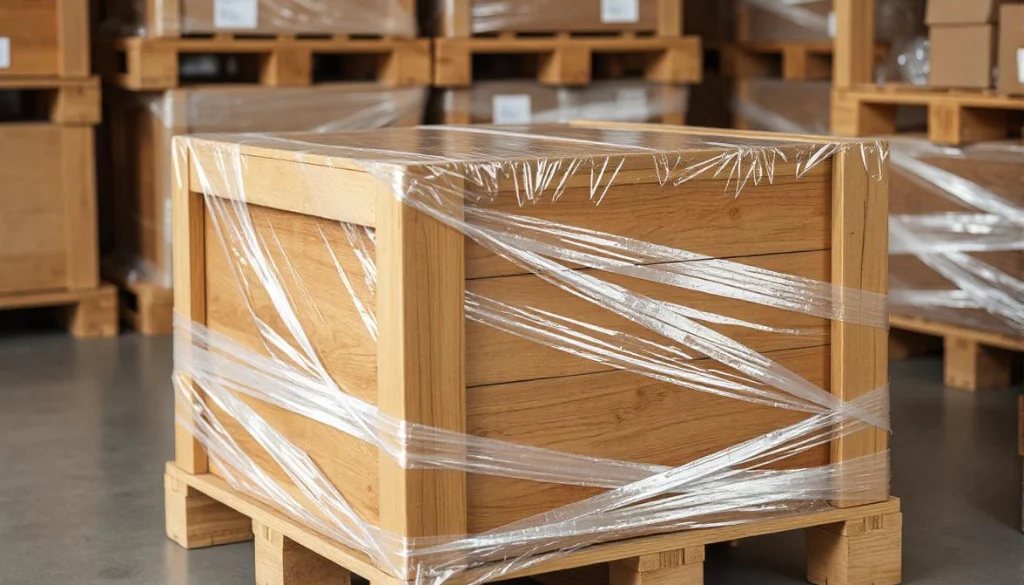
Best Practices for Palletizing Fragile Items
Palletizing fragile items requires a specialized approach to ensure they are transported safely and arrive intact. This comprehensive guide explains essential techniques for securing fragile items on pallets. Additionally, it highlights key considerations that minimize the risk of damage during shipping, emphasizing the importance of Palletizing Fragile Items effectively.
Understanding the Importance of Proper Palletizing
Ensuring proper protection for fragile items during transit prevents damage. Moreover, it reduces the risk of financial loss and avoids customer dissatisfaction. Proper palletizing practices are critical in maintaining the integrity of fragile goods from the point of origin to the destination.
Detailed Best Practices
Utilizing Protective Padding: A Key Step in Palletizing Fragile Items
To safeguard fragile items, it’s crucial to wrap them in adequate protective materials. Use options such as foam, bubble wrap, or packing paper to provide a cushion against shocks and vibrations that occur during transit. Ensure comprehensive coverage of the items, paying special attention to corners and edges, which are particularly susceptible to damage.
Securing Items on the Pallet: Essential for Palletizing Fragile Items
After placing the fragile items on the pallet, they should be securely strapped or wrapped with stretch wrap to stabilize them. This step is crucial to prevent any movement during transit that could cause damage. Ensure that the wrap is sufficiently tight to keep items in place but not so constrictive that it damages the items.
Selecting the Appropriate Pallet: A Critical Step in Palletizing Fragile Items
The choice of pallet is vital in the process. Opt for a high-quality pallet that can support the weight of the fragile items without risk of bending or breaking. Both wooden and plastic pallets are suitable, but ensure that your choice is robust, in good condition, and devoid of any defects that might compromise the safety of the load.
Weight Distribution Considerations: Ensuring Stability When Palletizing Fragile Items
When stacking items on the pallet, it is imperative to evenly distribute the weight. Position heavier items at the bottom and lighter, more delicate items above. This strategic placement helps prevent the pallet from toppling and ensures stability during handling and transport.
Labeling for Safety: A Crucial Step in Palletizing Fragile Items
Labeling the pallet accurately as “Fragile” communicates the need for careful handling. Moreover, it ensures that all personnel involved in the shipping and handling process treat the shipment with the appropriate care. Ensure that labels are visible on all sides of the pallet for easy and clear identification.
Detailed Best Practices
By adhering to these best practices for palletizing fragile items, shippers can significantly reduce the risk of damage during transport. The combination of proper padding, secure strapping, appropriate pallet selection, strategic weight distribution, and clear labeling forms a comprehensive approach to handling fragile goods. Implementing these strategies will ensure that fragile items are transported securely and arrive at their destination in pristine condition.
For more information on how to optimize your shipping processes or to request assistance with your specific shipping needs, visit ProHuber for expert guidance and support.




